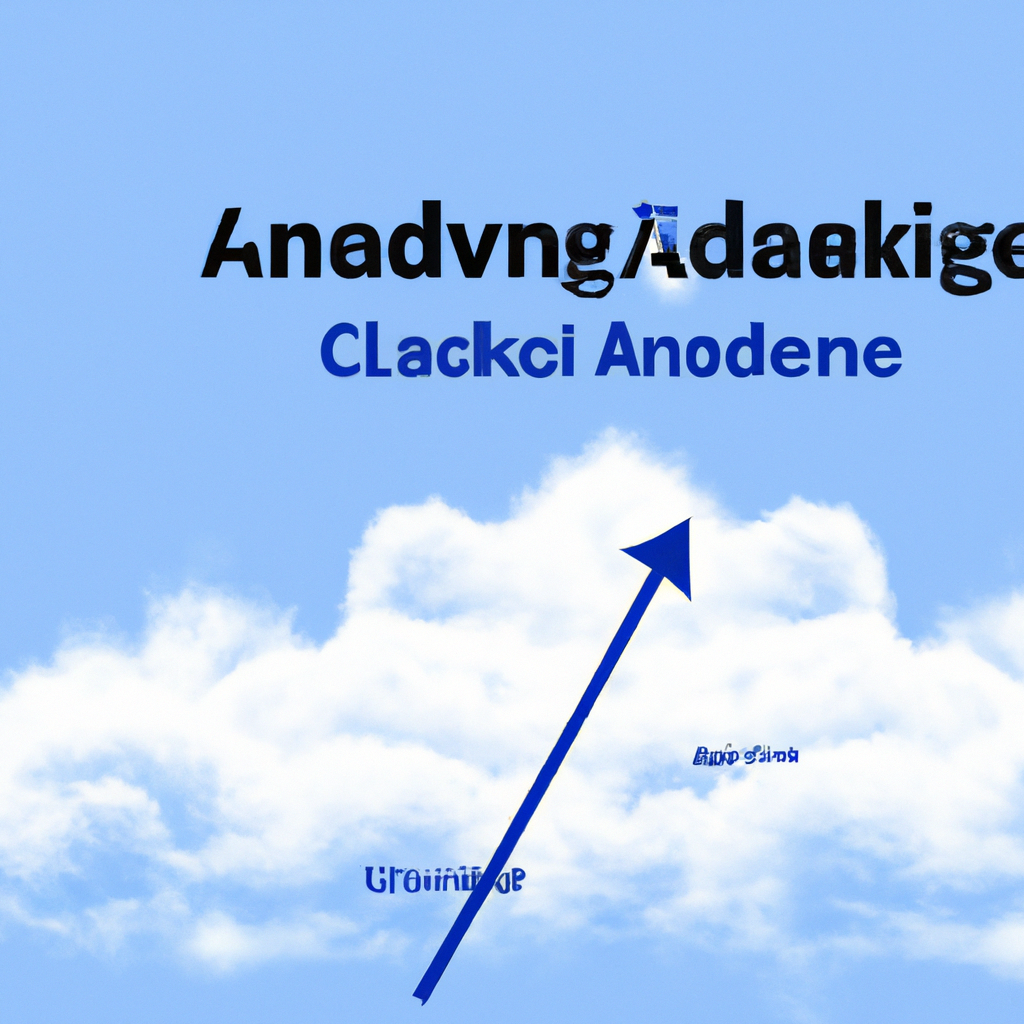
Unlocking the Power of Advanced Ichimoku Cloud Strategies
Advanced Ichimoku Cloud Strategies
The Ichimoku Cloud is a powerful technical analysis tool that can help traders identify trends, support and resistance levels, and potential entry and exit points in the market. While the basic concepts of the Ichimoku Cloud are relatively simple to understand, there are several advanced strategies that traders can use to maximize its effectiveness. In this article, we will explore some of these advanced strategies and how you can incorporate them into your trading approach.
1. Multiple Time Frame Analysis
One of the key principles of the Ichimoku Cloud is that it can be used across different time frames to provide a more comprehensive view of market trends. By analyzing the Ichimoku Cloud on multiple time frames, traders can identify potential trading opportunities with greater confidence.
For example, a trader may use the daily Ichimoku Cloud to identify the overall trend of a particular asset, while also using the 4-hour Ichimoku Cloud to pinpoint entry and exit points within that trend. By combining multiple time frames, traders can make more informed trading decisions and reduce the risk of false signals.
2. Kumo Breakout Strategy
One of the most popular advanced strategies using the Ichimoku Cloud is the Kumo breakout strategy. The Kumo, or cloud, is the area between the Senkou Span A and Senkou Span B lines, and acts as a support or resistance level. When the price breaks out of the Kumo, it is seen as a strong signal of a potential trend reversal or continuation.
To trade the Kumo breakout strategy, traders can wait for the price to break above or below the Kumo, and then enter a trade in the direction of the breakout. Traders can also look for confirmation signals, such as a Chikou Span crossover or a Tenkan Sen/Kijun Sen crossover, to strengthen their trading decision.
3. Chikou Span Confirmation
The Chikou Span is the lagging line of the Ichimoku Cloud, which plots the closing price of an asset shifted back 26 periods. Traders can use the Chikou Span to confirm trend signals generated by the other components of the Ichimoku Cloud.
For example, if the price is above the Kumo and the Tenkan Sen is above the Kijun Sen, traders can look for the Chikou Span to also be above the price action to confirm a bullish trend. Conversely, if the Chikou Span is below the price action, it may indicate a potential reversal or continuation of a bearish trend.
4. Tenkan Sen/Kijun Sen Cross Strategy
The Tenkan Sen and Kijun Sen are the two lines that make up the standard Ichimoku Cloud, and their crossovers can signal potential entry and exit points in the market. When the Tenkan Sen crosses above the Kijun Sen, it is seen as a bullish signal, while a cross below is considered bearish.
Traders can use the Tenkan Sen/Kijun Sen cross strategy to enter trades in the direction of the crossover, and can also use other components of the Ichimoku Cloud to confirm their trading decisions. By combining the Tenkan Sen/Kijun Sen crosses with other Ichimoku Cloud signals, traders can increase the probability of successful trades.
Conclusion
Advanced Ichimoku Cloud strategies can help traders navigate the complexities of the market and make more informed trading decisions. By incorporating multiple time frame analysis, the Kumo breakout strategy, Chikou Span confirmation, and Tenkan Sen/Kijun Sen cross strategy into your trading approach, you can improve your chances of success and maximize the effectiveness of the Ichimoku Cloud as a technical analysis tool.

